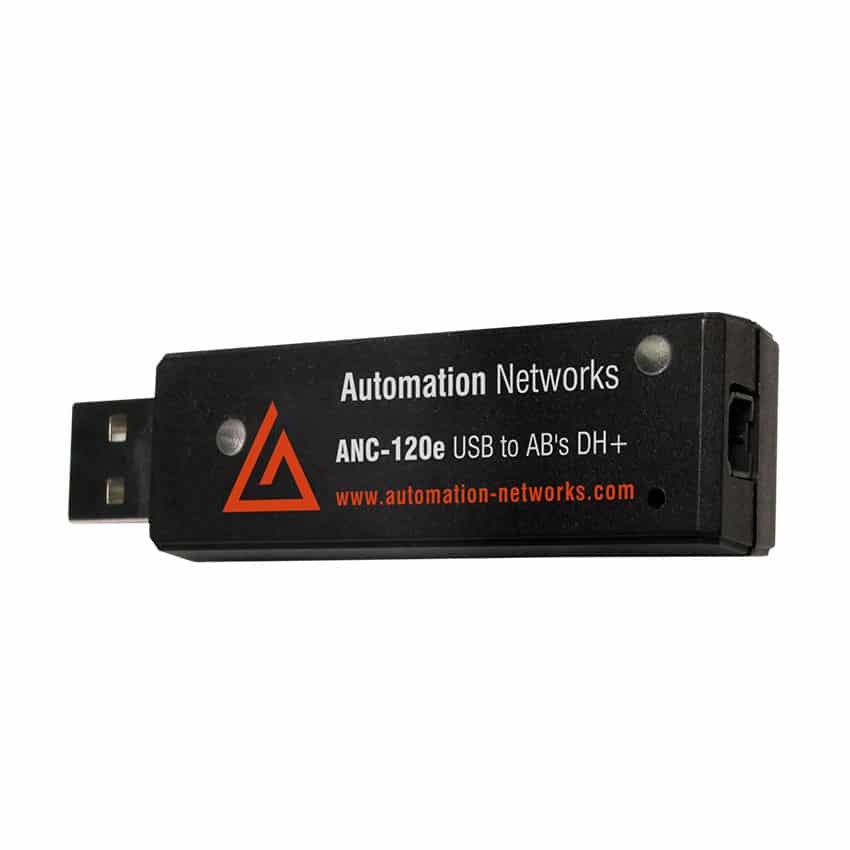Abbreviation Definition ACK acknowledgement
In communication and technology, particularly in networking and data transmission, an “acknowledgment” or “ack” is a critical part of ensuring that data is reliably exchanged between devices or systems. Here’s a more detailed explanation:
- Data Transmission: When data is sent from one device (sender) to another device (receiver) over a network or communication channel, there’s always a possibility that the data may get corrupted or lost during the journey due to various factors like noise, interference, or network issues.
- Acknowledge Receipt: To address this, the sender often includes a specific segment or signal in the data packet sent, known as an “acknowledgment request” or “ACK request.” This request essentially asks the receiver to confirm that it has received the data correctly.
- Receiver’s Response: Upon receiving the data packet, the receiver processes it and checks for errors or corruption. If the data is intact and error-free, the receiver sends an “acknowledgment” (abbreviated as “ack”) back to the sender. This acknowledgment serves as confirmation that the data has been received and is understood correctly.
- Reliability: The acknowledgment mechanism enhances the reliability of data transmission. If the sender doesn’t receive an acknowledgment within a specified time frame or if it receives a negative acknowledgment (NAK), indicating an error or loss of data, it can take corrective actions like retransmitting the data to ensure it’s successfully delivered.
- TCP/IP Example: In the context of the Internet and networking, the Transmission Control Protocol (TCP), which is one of the core protocols of the Internet Protocol (IP) suite, uses acknowledgments extensively. When data is sent using TCP, acknowledgments are used to confirm the successful receipt of data packets, and if a packet is not acknowledged, it is retransmitted to ensure reliable data transfer.
In summary, acknowledgments (acks) are a crucial part of data communication, helping to verify that data is transmitted accurately and reliably between devices or systems. They play a vital role in ensuring the integrity of data transfer, especially in environments where data accuracy is essential, such as the Internet, networked systems, and industrial automation.
ANC-100e Ethernet IP to AB's DH+ Converter
The Automation Networks ANC-100e communicates with all SCADA, HMI, PLC programming with direct Ethernet/IP access to the DH+ network and stations.
ANC-100e has similar replacement features as the Controllogix 1756-DHRIO / 1756-ENBT, and AB 1784 Interface Cards: 1784-U2DHP, 1784-KTx, 1784-PKTx, 1784-PCMK and Prosoft AN-X2-DHRIO Converters.
$1,195 USD List.
ANC-120e USB to AB's DH+
The ANC-120e works with all SCADA, MMI, PLC programming packages installed on your PC with USB direct access to the DH+ network and stations. These packages include RSLINX/LOGIX Classic & Enterprise with RSLOGIX 5/500, Wonderware DAServer & TCP/IO Server, Citect, and Kepware using Controllogix Ethernet/IP Drivers.


